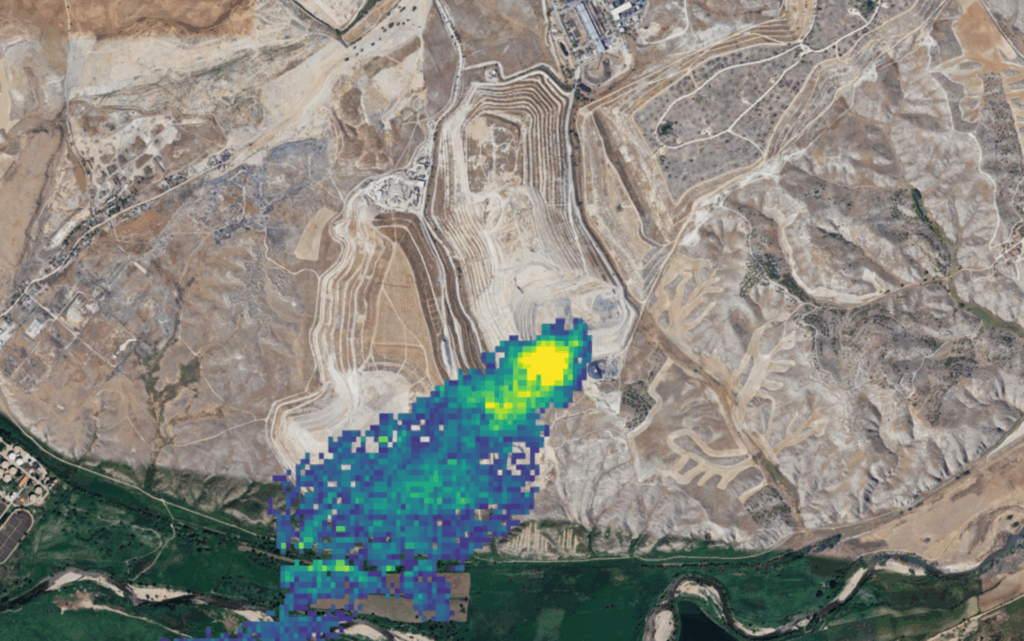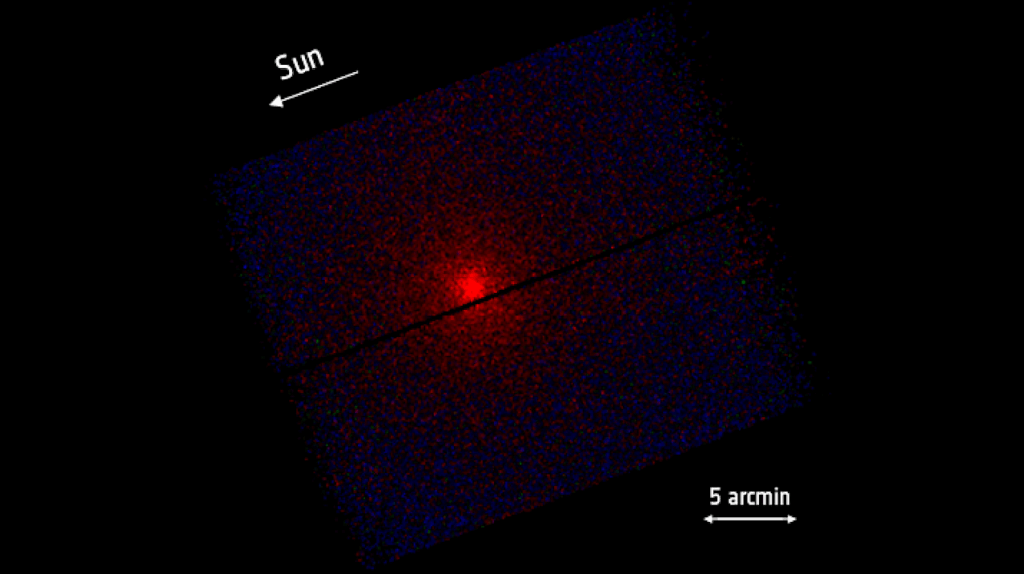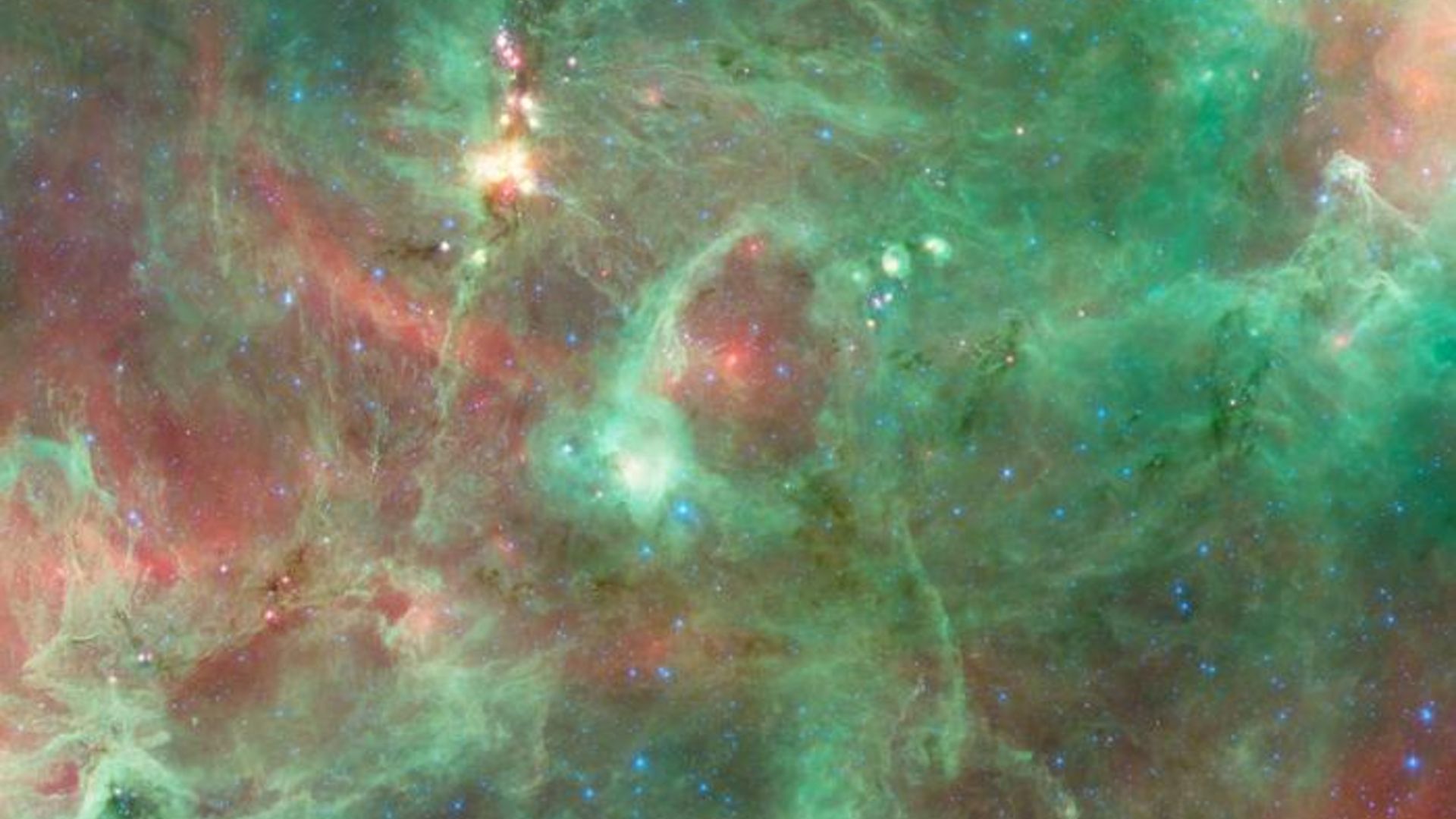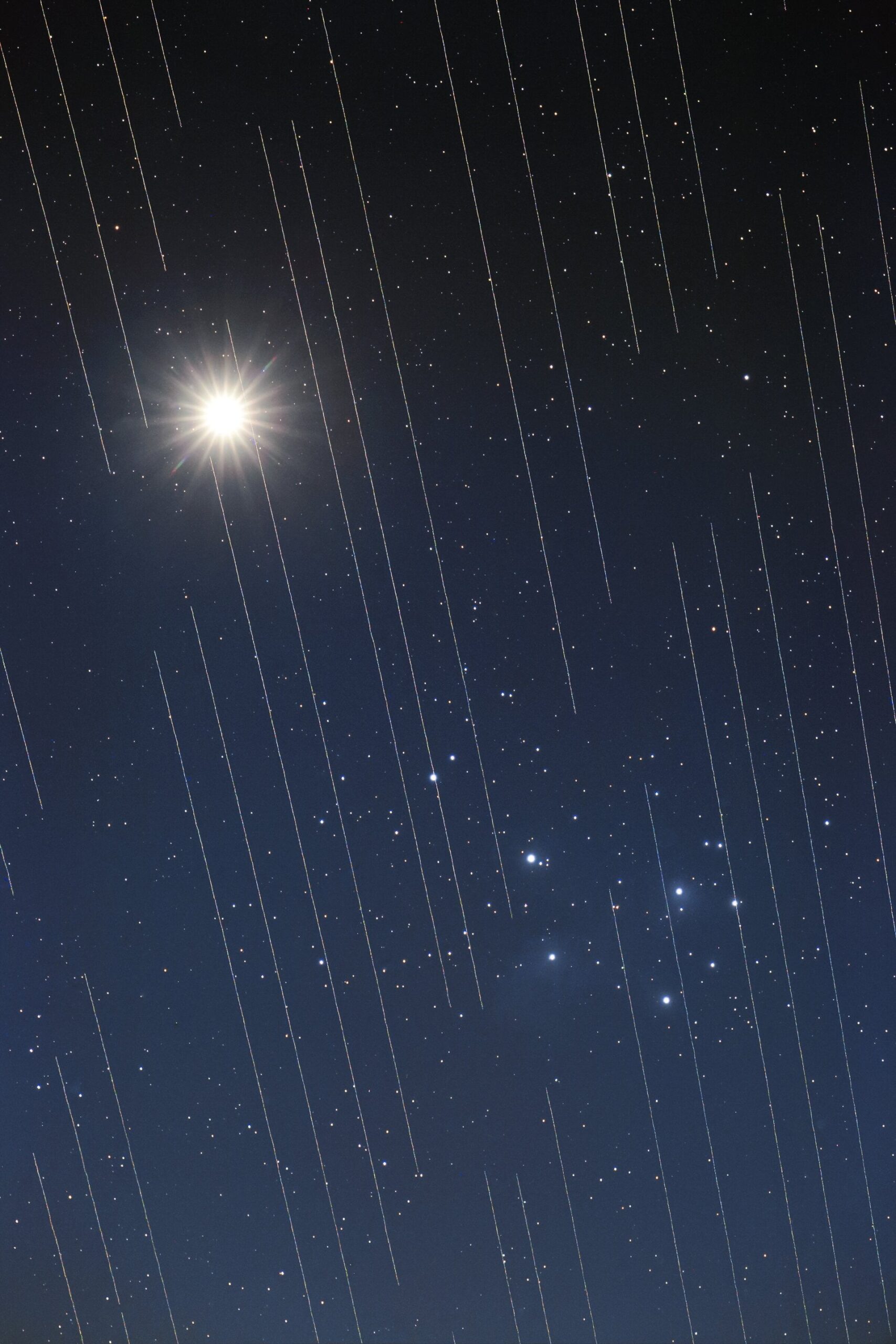Now Reading: Lessons from the November 2025 solar storm
-
01
Lessons from the November 2025 solar storm
Lessons from the November 2025 solar storm
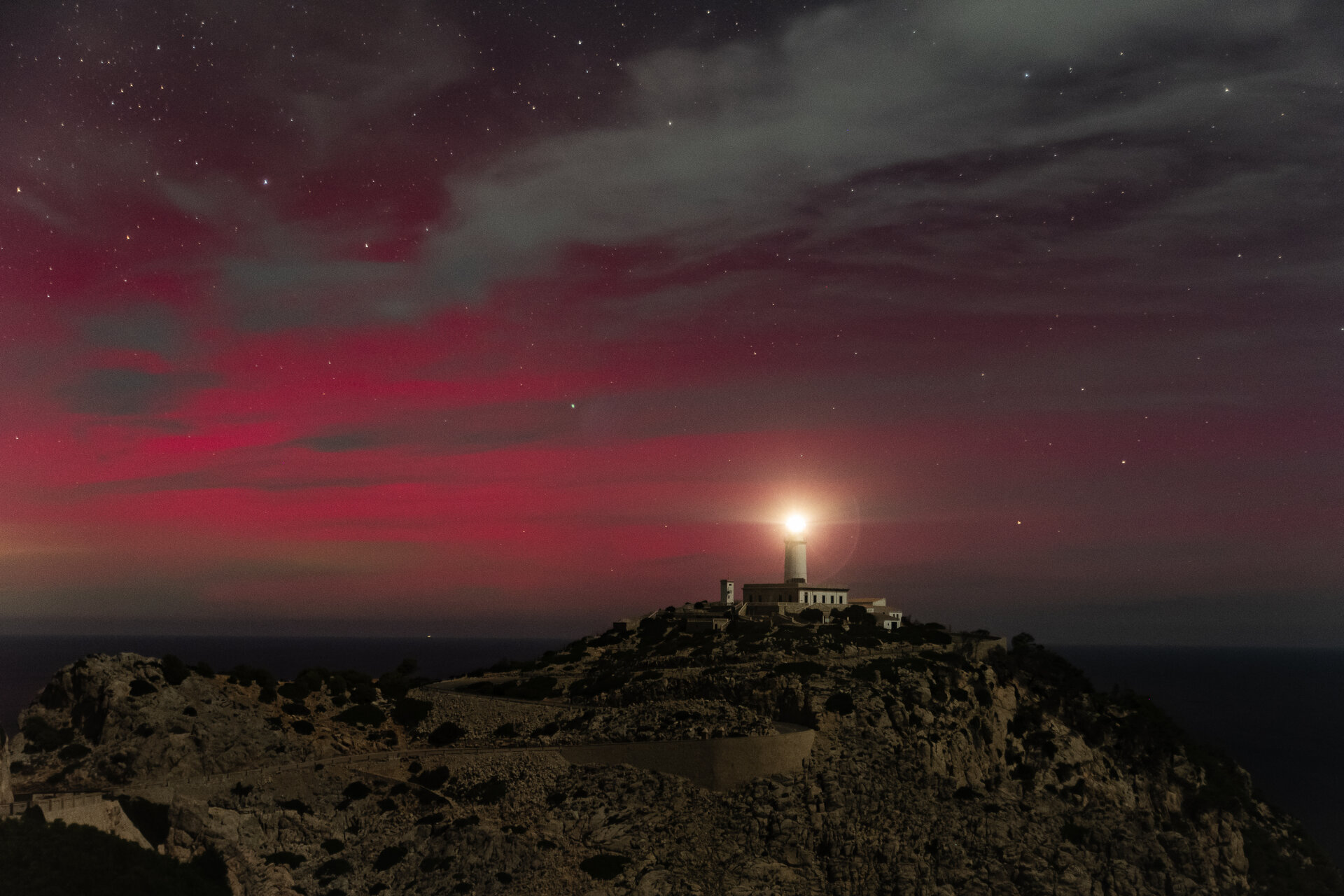

21/11/2025
97 views
2 likes
In brief
Last week, Earth was hit by a large solar storm. Within 48 hours, the Sun launched three consecutive coronal mass ejections (CME) which struck our planet, triggering a severe geomagnetic storm, which peaked for about six hours, before calming down.
Despite its intensity, the storm’s impact on critical technologies was limited, and posed no direct biological risk to people on Earth. Having reached solar maximum earlier this year, our star is in a phase where large storms are increasingly likely.
The event provided an opportunity for multiple ESA missions, whether orbiting Earth or far into deep space, to collect radiation data, which is now being analysed.
In-depth
Solar activity follows an 11-year cycle, alternating between periods of high or low intensity. Earlier this year, our star reached solar maximum, making major solar storms more probable.
On 11 November 2025, the Sun unleashed an intense X-class solar flare peaking around 10:04 UTC, followed less than an hour later by a CME traveling at and speed initially estimated around 1500 km/s. By 18:50 UTC the next day, the CME reached Earth, triggering a strong geomagnetic storm that peaked for six hours before decreasing to moderate levels.
“In just a few days, one active solar region (NOAA Active Region 14274) produced four solar flares and an equal number of CMEs, three of which were directed towards Earth. The third and most spectacular event occurred on 11 November. Interestingly, due to individual characteristics, it produced a smaller geomagnetic disturbance than expected,” says Juha-Pekka Luntama, Head of ESA’s Space Weather Office.
The sequence concluded on 14 November, when the active region released one final CME before rotating out of view on the far side of the Sun.
The most immediate and significant effect of the event was a major disruption of radio communication in the regions facing the Sun. Following the solar flare, a severe radio blackout was recorded across Europe, Africa, and Asia, lasting approximately 30 minutes to one hour.
A Ground Level Enhancement (GLE) was also observed, a rare phenomenon that occurs only once or twice per year. These events happen when solar particles are energetic enough to penetrate Earth’s magnetic shield, which normally protects us from less intense solar outbursts. High energy solar particles can harm astronauts, damage spacecraft and can produce a cascade of secondary particles in our atmosphere that could cause errors in electronic components if they reach the ground. This was only the 77th GLE since records began in the 1940s.
Despite this, the geomagnetic storm had minimal impact on critical infrastructure. ESA spacecraft are designed to withstand against radiation, and none sustained damage from the storm. However, the event provided an opportunity for multiple ESA missions to collect radiation data, which is now being analysed. More importantly, the event posed no direct biological risk to humans on Earth.
Data from Earth observation missions
ESA missions in low-Earth orbit were on hand to measure the effects on Earth’s upper atmosphere.
14 hours before the onset of the geomagnetic storm, ESA’s Soil Moisture and Ocean Salinity (SMOS) mission registered a large radio burst as a solar flare arrived. Orbiting at 755 km, its radio wave antenna listens at 1.4 gigahertz, for Earth observations, but it can also pick up solar radio waves and their spinning motion. For this event, SMOS data recorded a left-handed (anticlockwise) polarisation, which is not expected to have interfered with global satellite navigation systems.
Even closer to home, the three satellites of ESA’s Swarm constellation detected magnetic fluctuations ten times above normal in the early phase of the storm. The trio’s star trackers, which are normally used to correctly orient the satellites, observed a temporary increase in high-energy protons at the poles, giving rise to ‘proton auroras’, a more diffuse display seen at much lower latitudes during strong storms.
Impact on science missions
Spacecraft outside of Earth’s magnetic protection also felt the effect of the storm.
At the first Lagrange point, the ESA/NASA Solar and Heliospheric Observatory (SOHO) captured the first CME observations. Built to monitor the Sun, the satellite is made to endure the most severe space weather events.
The ESA/NASA Solar Orbiter mission provided detailed coverage of the event. Its instruments recorded the X5 flare, detected the particle event and measured the CME’s magnetic signature. A quick look at the dashboard is available at Solar Orbiter Data.
Continuing its journey to the planet Mercury, BepiColombo was close to the Sun-Earth line, the ‘highway of space weather’ that Earth-bound particles and CMEs take. This alignment meant that this event was possibly the largest solar energetic particle impact BepiColombo has experienced since launch. The ESA/JAXA spacecraft reported multiple transient memory errors, but its robust design meant that these issues were quickly and successfully resolved. Science data gathered during the event will be returned in the coming weeks
Protecting astronauts and satellites
Solar storms, and especially the high-energy particles they can produce, are a major concern for missions venturing beyond Earth’s magnetic shield. These particles are difficult to shield against and can dramatically increase radiation exposure, posing potential risks to astronaut health and spacecraft systems.
Several ESA and partner spacecraft carry radiation instruments designed within/for ESA programmes to diagnose anomalies, support operational decisions, and improve specification models informing spacecraft design. These instruments also help improve our understanding of heliophysics and space weather modelling. ESA is also developing next-generation technologies to reduce the cost, mass, and power consumption of these instruments while enhancing performance.
To minimise exposure, ESA and other space agencies apply the ALARA (as low as reasonably achievable) principle. During severe storms, this may involve measures such as postponing spacewalks, relocating astronauts to shielded areas when necessary and, in, extreme cases, delaying launches.
These measurements will be even more critical for future lunar and deep-space missions beyond Earth’s protective magnetic field. In this context, ESA is exploring new shielding strategies, studying how materials including planetary surface regolith like that of the Moon can influence radiation environments, and investigating the full range of biological effects from high-energy particles to better protect crews and systems.
ESA’s future fleet of space weather satellites
ESA closely monitored this powerful space weather event, collected detailed information from all its expert service centres and disseminated key information with stakeholders. Although it is possible to forecast the probability of an eruption, the exact time of arrival of the CME and the precise magnitude of the storm was still difficult to predict but new ESA missions aim to reduce these uncertainties.
ESA’s Vigil mission introduces a new way of watching the Sun, observing its ‘side’ from Lagrange Point 5 (L5) to provide continuous insight into solar activity and monitor space weather conditions close to the Sun–Earth line. Scheduled for launch in 2031, Vigil will detect potentially hazardous solar events before they rotate into Earth view, giving us early knowledge of their characteristics and valuable time to protect spacecraft and critical ground infrastructure.
Current in-situ operational monitoring of the incoming solar wind is done from Lagrange Point 1 (L1) and allowed us to predict the impact of this solar storm only about 20 minutes beforehand. Located more than 15 million kilometres from Earth, approximately ten times further away than L1, another proposed mission, SHIELD, would be able to give an alert of such a storm around two and a half hours before impact, which would allow critical infrastructure operators to efficiently prepare and minimise geomagnetic storm impacts.
Stay Informed With the Latest & Most Important News
Previous Post
Next Post
-
 012024 in Review: Highlights from NASA in Silicon Valley
012024 in Review: Highlights from NASA in Silicon Valley -
 02Panasonic Leica Summilux DG 15mm f/1.7 ASPH review
02Panasonic Leica Summilux DG 15mm f/1.7 ASPH review -
 03From Polymerization-Enabled Folding and Assembly to Chemical Evolution: Key Processes for Emergence of Functional Polymers in the Origin of Life
03From Polymerization-Enabled Folding and Assembly to Chemical Evolution: Key Processes for Emergence of Functional Polymers in the Origin of Life -
 04How New NASA, India Earth Satellite NISAR Will See Earth
04How New NASA, India Earth Satellite NISAR Will See Earth -
 05And Thus Begins A New Year For Life On Earth
05And Thus Begins A New Year For Life On Earth -
 06Astronomy Activation Ambassadors: A New Era
06Astronomy Activation Ambassadors: A New Era -
07SpaceX launch surge helps set new global launch record in 2024













